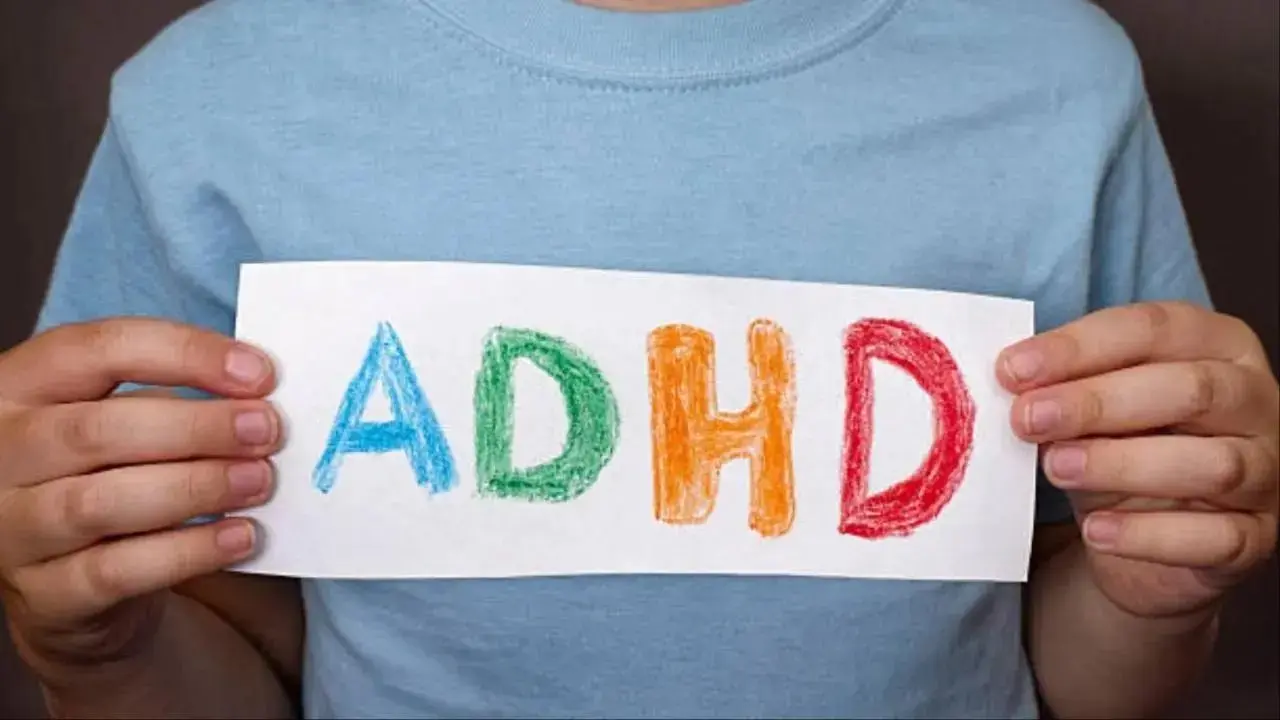For millions, the vibrant energy of Diwali and the festive season —the sudden roar of fireworks, the dazzling blaze of lights, non-stop festive music, and the whirl of intense socialising—can feel less like a celebration and more like a sensory ambush. This high-octane environment, while a source of joy for extroverts, often triggers extreme anxiety, exhaustion, and burnout for introverts and the socially anxious. Your nervous system is genuinely being taxed, not by a lack of spirit, but by sheer overload.
This festive season don`t just white-knuckle your way through the gatherings. Instead, mental health professionals offer therapeutic, evidence-based strategies designed to help you not just survive the dazzling chaos but actually find moments of genuine peace and potentially even enjoy the festival—all without sacrificing your most precious asset: your well-being. It`s time to light up your life on your own terms.
Understanding the overload: Introversion versus social anxiety
Dr. Ajit Dandekar, head of mental health at Nanavati Max Super Speciality Hospital in Mumbai, clarifies the key difference between preference and disorder when faced with Diwali stress. “A continuous, out-of-proportion fear of social gatherings with continuous, out of proportion fear, avoidance, and functional impairment around social situations it is identified as social anxiety disorder or SAD. Most individuals suffering from SAD fear they will do something humiliating like sweating, shaking or looking awkward and this drives avoidance and distress. It is also important to understand that if the festival stress is mainly preference-based that’s not a disorder,” explains Dandekar.
For individuals with SAD, the best treatment is one-to-one Cognitive Behavioural Therapy. “CBT is a structured discussion or conversation therapy which mainly identifies and changes unhelpful thoughts and behaviours, to help the individuals feel and function better. However, you don’t need medical treatment if you’re just introverted, or mainly opt for calmer and personal, smaller groups and don’t experience social anxiety as such,” he notes.
Such individuals should focus on:
1. Visiting at quieter times.
2. Opting for less crowded events.
3. Choosing activities that can be done alone or with just close people.
Physiological impact of sensory overload
Dr Ravindra Agarwal, consultant, psychiatry at Manipal Hospital, Bhubaneswar, delves into the physiological strain of the festive environment, “The intensity of Diwali stimuli — bright lights and loud sounds, combined with constantly moving around — can overload the nervous system for introverts or those sensitive to sensory input. The brain’s sensory processing centres are taxed to groan under the strain of filtering out competing inputs, which contributes to fatigue and crossness.”
He states that this is not merely preference but physiology, as introverts generally have a lower threshold for sensory stimulation. The result is a state of hyperarousal where even minor triggers can feel overwhelming.
Advanced strategies for managing social anxiety
Dandekar suggests two evidence-based strategies people might not have considered for addressing social anxiety:
1. Video feedback to correct distorted self-imagery: Many with social anxiety imagine landing themselves in foolish or embarrassing situations. Showing them video feedback or showing real footage or events or them in such situations to compare feared images with reality can help. This often helps to correct misperceptions.
2. Training to externalise attention: Major cause of social anxiety is attention to self and imagined flaws. One can learn to systematically externalise the same attention, to people, activities or the environment. Coming out of your head is the ideal way to abolish anxiety. This involves trying experiential exercises to understand how focused, safety-seeking behaviours—like avoiding eye contact or clutching an object like a phone—are often unhelpful, allowing you to drop such habits and move your attention outwards.
Coping with loud noise: The firework factor
For someone who dreads the sudden, loud noise of fireworks, Agarwal recommends grounding techniques as the most effective in-the-moment coping mechanism.
“One easy technique is the 5-4-3-2-1: Find five things you can see, four you can touch, three you can hear, two you can smell and one you can taste. It drags the mind back into the present and removes it from panic. Combine this with controlled breathing — inhale for a count of four, pause for a count of four and exhale for six,” he advises.
Other tips include:
1. Changing the way your space sounds: close your eyes and put on noise-cancelling headphones or turn on white noise.
2. Moving to a spot that’s less noisy.
3. Using anticipatory coping, such as scheduling quiet activities during the fireworks’ peak hours, which diminishes anxiety over time.
Negotiating space and taking a break
When an immediate break is needed, Dandekar suggests a simple, non-confrontational way to step out of an overwhelming gathering, “If you experience social anxiety, it’s best to let someone in your close contact know about the same. Its same as having a confidant to whom you can turn to during periods of extreme anxiety to help you take a break from such situations.” He also suggests focusing attention on the external environment like lamp colours, rangoli patterns or distant sounds, rather than internal thoughts like ‘Did anyone react the way I reacted?’
Agarwal suggests utilising technology and quiet corners:
1. A pair of noise-cancelling headphones can help mute the madness but keep you party to the festivities.
2. At home, a quiet corner, such as a darkened room with calming smells or a meditation app, becomes the mental reset destination.
3. For communicating the need for a break, Agarwal suggests a safe word or signal, “It can be something as simple as ‘pause,’ ‘breathe’ or ‘green tea’ — it doesn’t have to mean anything, so long as it’s memorable. Nonverbal actions, such as lightly touching a wrist or holding up a certain item, can also work, provided the plan is shared ahead of time with a support person.”
For multi-generational homes, Dandekar stresses that home is supposed to be the safe space:
1. Work with your parents and family to create conditions that can support your treatment.
2. Create a quiet waiting or retreat area in your house which can serve as your own safe space. “The family should be aware of the same and avoid confrontation during the time of your ‘break.’
3. The family should also be aware that the individual may ‘opt out,’ of certain larger groups.
Long-term impact and pre-festival preparation
“Constantly stepping outside comfort zone in high stimulation environment can be a recipe for chronic stress, emotional exhaustion and some slight to severe burnout. Over time, this can become anxiety about things related to social activities, or avoidance of these situations,” warns Agarwal about the long-term impact of consistently enduring extreme environments. He recommends aiming for balance, not avoidance, to link celebrations with positive, manageable experiences.
To charge the social battery before the festival, Dandekar recommends:
1. Psychoeducation: Learn about aspects of social anxiety such as self-focused attention, safety cues and negative predictions.
2. Map triggers and predictions: Make a note of specific Diwali situations (like meeting relatives or being watched while eating), highlight your fears, and find ways of addressing such situations with a counsellor.
3. Practice focusing attention externally: Practice shifting attention to your environment, rather than over scanning your internal sensations.











